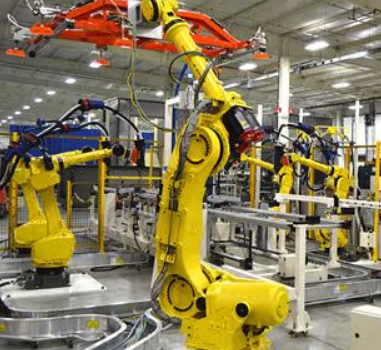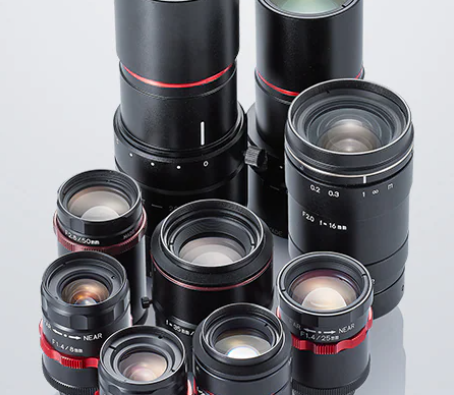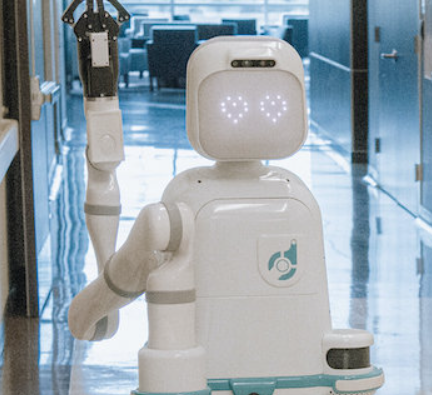
In the ever-evolving world of industry and manufacturing, the demand for flexible, tailored solutions is growing. Standard robots, while efficient, often fail to meet the unique requirements of specialized environments. This has driven the rise of custom robots—designed to integrate seamlessly into production systems and cater to specific tasks and conditions. Customization in robotics is no longer just a trend but a necessity for industries seeking to improve efficiency and productivity.
This article explores the role of custom robots in manufacturing, highlighting key trends, advantages, and examples of how modular robots are changing the game.
When to Opt for a Custom Robot in Your Industry
Customizable robots are the ideal solution when off-the-shelf models can’t meet the specific needs of an application. The flexibility of modular robots, which can be modified in both hardware and software, allows them to perform tasks that standard robots simply can’t. For instance, manufacturers like Robotnik provide fully customizable robots, offering solutions designed and built in-house to meet precise client requirements.
Custom robots are particularly valuable in situations such as:
- Limited workspace or physical constraints: In environments where space is tight or conventional robots cannot fit, modular robots offer more efficient integration. For example, in narrow aisles, a mobile robot with a compact base and adaptable sensors or components can navigate easily, optimizing space without sacrificing performance.
- Tailored industrial applications: Many industries, such as retail, require specialized robots that integrate seamlessly with both hardware and software. A great example is the Robin robot developed by Keonn and Robotnik. Robin was built on the RB-THERON mobile base and features RFID tag reading technology, enabling it to perform automatic inventory management in retail environments.
- Research and Development (R&D): Modular robots also shine in R&D settings where rapid innovation and testing are crucial. The flexibility of these robots allows teams to adjust components like arms, sensors, or control systems based on project needs. This adaptability accelerates the development of emerging technologies, including AI, collaborative robotics, and advanced automation.
Benefits of Customizable Robots
Custom robots offer several significant advantages, making them a top choice for modern manufacturing environments. Here are some key benefits:
- Increased productivity: Custom robots reduce cycle times and increase production rates by automating complex tasks that would typically require human labor.
- Industry adaptability: Whether in automotive, electronics, or retail, customizable robots can be tailored to fit diverse industry needs, making them highly versatile.
- Improved safety: By automating hazardous tasks, customizable robots reduce the risk of workplace accidents, promoting a safer environment for workers.
- Quick Return on Investment (ROI): With reduced labor costs and optimized production, companies can see a rapid return on their investment in robotic systems.
Real-World Examples of Modular Robots
The use of modular robots in manufacturing is not just theoretical—it has proven successful across various industries. Robotnik has worked on numerous customizable robotics projects, ranging from hardware modifications to software updates, to meet the unique demands of clients. Here are a few examples of adaptable robots:
- RB-VOGUI XL: An upgraded version of the RB-VOGUI, the RB-VOGUI XL offers a greater payload capacity, allowing it to transport up to 200 kg. It’s designed for outdoor applications in agriculture and construction.
- RB-ROBOUT+ DUAL: This mobile manipulator, developed in collaboration with Tecnalia, features two collaborative robotic arms with seven degrees of freedom. It’s designed for tasks that require bimanual manipulation, such as handling heavy loads in assembly processes.
- ROBIN: Designed specifically for retail, Robin is built on the RB-THERON base and uses RFID technology to automate inventory checks. This robot outperforms manual scanners by providing more accurate and efficient inventory management.
Key Trends in Robot Customization for Industrial Applications
As industries continue to evolve, the customization of robots to fit specific tasks and environments has become increasingly important. Some of the latest trends in robot customization include:
- Modularity and Flexibility: Modular robots allow companies to adapt their systems to meet various tasks and operating conditions. These robots can be easily updated or expanded to match changing requirements.
- Integration with Advanced Technologies: Custom robots are now incorporating cutting-edge technologies like RFID, AI, and computer vision to enhance their autonomy and precision, making them more adaptable in complex environments.
- Open Software Interfaces: Robots like those from Robotnik offer open software platforms, making it easier to integrate them into existing systems and develop customized applications.
- Advanced Navigation and Autonomy: Robots are becoming more autonomous, capable of navigating dynamic environments, avoiding obstacles, and optimizing their routes in real time. This is particularly beneficial in industrial applications where space and task dynamics change frequently.
- Scalability: As businesses grow, so do their automation needs. Custom robots allow for the easy expansion of robot fleets, ensuring that the system remains efficient and capable of handling increased demand.
- Collaborative Robots (Cobots): The rise of collaborative robots is a major trend, with robots working safely alongside humans. Customizing cobots to enhance payload capacity, safety features, and interaction modes improves overall operational efficiency.
Conclusion
The customization of industrial robots is transforming the manufacturing sector. Whether it’s for precise manipulations, specialized inventory management, or creating scalable automation solutions, custom robots are allowing industries to achieve higher productivity, safety, and flexibility. By investing in customizable robotics, companies can stay competitive in an increasingly automated world. As we move further into the era of Industry 4.0, these adaptable robots will continue to play a crucial role in the success of manufacturing operations.












